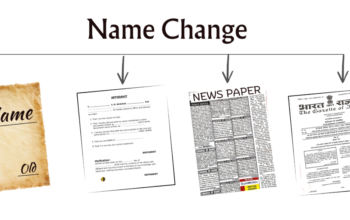Properly managing a portfolio of Dutch stocks calls for good stock selection and watching the market closely for changes. Using TradingView charts analysis with a synced stock portfolio allows users to observe their holdings instantly and decide on the best course of action using technical analysis.
Using TradingView, people can set up watchlists or portfolios that are a true representation of their current holdings. People focusing on Dutch stocks can arrange their investments and check changes in prices, trading volumes and various technical indicators together on the platform. By bringing together data tracking and chart analysis, it makes managing a portfolio less complicated.
A major advantage of using TradingView is that you can compare your portfolio track record with charts of each stock. How a Dutch stock is moving compared to its sector or the market can be found by looking at indices or benchmarks. TradingView allows traders to see how each stock has performed when compared to the rest, so they can decide which ones are likely driving their returns and which might need to be looked at again.
Investors can use multiple kinds of charts with different timeframes on TradingView to fit their trading style. If someone wants to follow Dutch stocks for either quick changes or long-term development, the platform works for both. When the portfolio is synced, changed prices of the selected stocks will instantly be visible on their charts, so users can make quick changes to their positions or stop-loss levels.
It is also possible to add technical indicators from TradingView to your portfolio stocks for further study. Using moving averages, Bollinger Bands, MACD and RSI allows users to see when trends, volatility or momentum change. Applying these indicators to their Dutch stock charts among synced portfolios allows investors to see opportunities for entering or leaving their positions.
Also, TradingView’s real-time alert feature makes it easier to monitor changes in portfolios. You can get an alert whenever one of your Dutch stocks hits a specific price point, its indicators meet certain conditions or there is a large increase in trading volume. Alerts let users stay informed, no matter if they are viewing the charts or not, which helps manage risks and allows them to take advantage of opportunities as soon as they appear.
The platform includes friendly features for both portfolio comments and tagging. LDI allows investors to note the purpose for buying, set target prices or set stop-loss points straight on the website for specific Dutch company shares. Using this function ensures that the portfolio is organized and helps recall the reasons for each investment which leads to better decisions as time goes by.
In addition, TradingView users can discuss their plans for trading and share their insights on charts with each person in the community. Sharing experiences and ideas among traders can help Dutch stock investors learn and update their own trading strategies.
Keeping data and chart analysis in sync in your portfolio provides an extra set of insights. Major dates for Dutch company earnings, dividend information and key economic updates are shown beside price charts to help with informed trading decisions.
It is very simple to pair a Dutch stock portfolio with TradingView charts analysis. People can add stock symbols to their portfolios or watchlists easily using the platform. They are then able to use custom charts, indicators and set alerts for their investments which helps them manage their portfolio with greater ease and respond quickly to market events.
Overall, uniting Dutch portfolios with TradingView chart analysis streamlines and improves the managing of investments. Real-time price checking, using technical analysis and having alerts helps traders and investors adapt during market changes and position themselves well. By combining information, users gain a clear picture of portfolio trends and can act swiftly when making choices in the volatile Dutch equity market.




